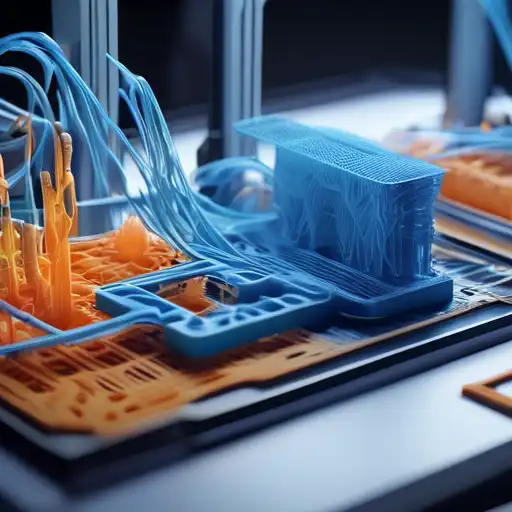The Revolutionary World of 3D Printing
3D printing, also known as additive manufacturing, is a process of creating three-dimensional objects from a digital file. This technology has been around since the 1980s but has gained significant attention in recent years due to its potential to revolutionize manufacturing, healthcare, and even the construction industry.
How Does 3D Printing Work?
The process begins with a digital 3D model, which is then sliced into thin layers by specialized software. The 3D printer then builds the object layer by layer, using materials such as plastic, metal, or even concrete. This method allows for complex designs that would be impossible or too expensive to produce with traditional manufacturing techniques.
The Benefits of 3D Printing
3D printing offers numerous advantages, including:
- Reduced waste: Since the material is added layer by layer, there is minimal waste compared to subtractive manufacturing methods.
- Customization: Products can be easily customized without the need for expensive molds or tooling.
- Speed: Prototypes can be produced in hours rather than weeks, accelerating the development process.
- Complexity: 3D printing allows for the creation of complex geometries that are not possible with traditional methods.
Applications of 3D Printing
3D printing is being used in a variety of fields, including:
- Healthcare: From prosthetics to bioprinting tissues and organs, 3D printing is making significant strides in medicine.
- Aerospace: Companies are using 3D printing to produce lighter and more efficient parts for aircraft and spacecraft.
- Automotive: The automotive industry is utilizing 3D printing for both prototyping and manufacturing end-use parts.
- Construction: 3D printing is being explored as a method to build homes and structures quickly and affordably.
The Future of 3D Printing
As technology advances, the possibilities for 3D printing continue to expand. Researchers are exploring the use of new materials, such as graphene and biodegradable plastics, to further enhance the capabilities of 3D printing. Additionally, the development of larger and faster printers could open up new applications in construction and large-scale manufacturing.
3D printing is not just a tool for creating objects; it's a gateway to innovation and creativity. By enabling the production of complex, customized, and sustainable products, 3D printing is truly building the future layer by layer.
For more insights into the latest technological advancements, check out our technology section.
